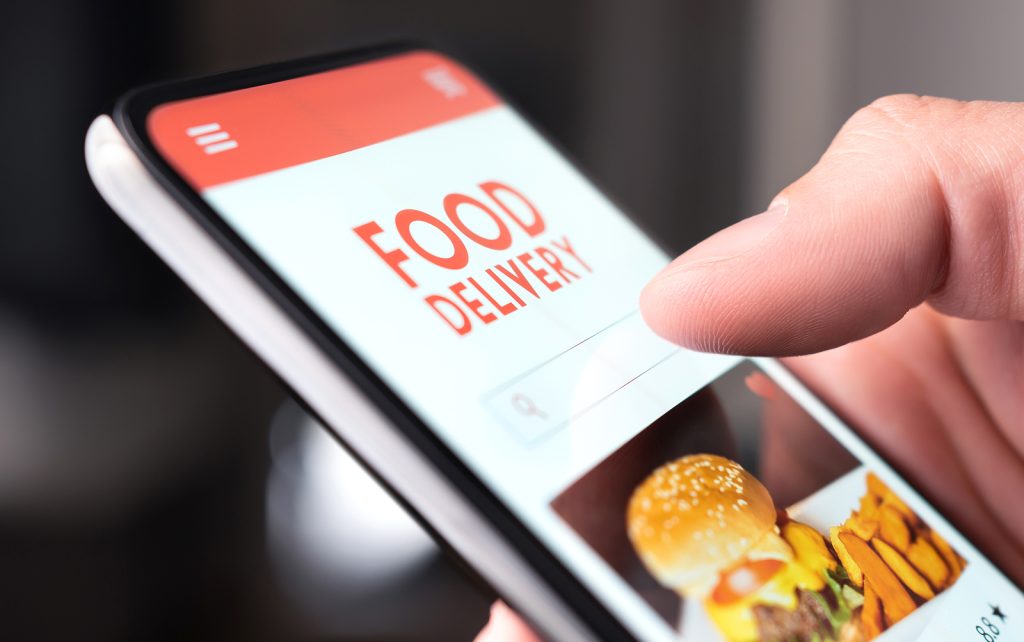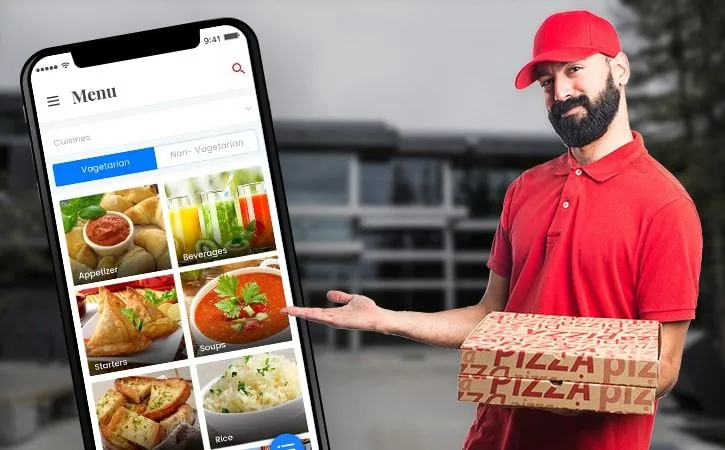Table of Contents
The online food delivery industry has undergone remarkable growth and transformation in recent years, revolutionizing how consumers access and enjoy meals. From humble beginnings to becoming a global phenomenon, online food delivery has reshaped the dining landscape, offering unprecedented convenience, variety, and efficiency. This article explores the evolution of online food delivery, its impact on the food industry, and the challenges and opportunities it presents.

The Evolution of Online Food Delivery
Online food delivery began as a niche service with a limited scope, primarily focusing on delivering pizza and fast food. However, the advent of technology and the internet has significantly expanded the industry’s reach and capabilities. Early pioneers in online food delivery established platforms that allowed customers to order food from local restaurants via websites and, later, mobile apps.
The 2010s marked a significant turning point with the rise of major food delivery platforms such as Uber Eats, DoorDash, and Grubhub. These platforms introduced user-friendly apps and streamlined ordering processes, making it easier for customers to browse menus, place orders, and track deliveries in real-time. The success of these platforms was driven by a combination of technological advancements, increased smartphone penetration, and changing consumer preferences.
Key Drivers of Growth
Several factors have contributed to the rapid growth of online food delivery:
- Technological Advancements
The proliferation of smartphones and mobile apps has been a key driver of online food delivery’s growth. With the ability to place orders from anywhere at any time, consumers have embraced the convenience of having their favorite meals delivered to their doorstep. Additionally, advancements in GPS technology and real-time tracking have enhanced the overall user experience, providing transparency and improving delivery efficiency.
- Changing Consumer Preferences
Modern consumers increasingly value convenience and efficiency in their dining experiences. The busy lifestyles of many individuals and the desire for instant gratification have fueled the demand for online food delivery. Consumers appreciate the ability to avoid long wait times, skip cooking, and enjoy a wide variety of food options from the comfort of their homes.
- Expansion of Restaurant Options
Online food delivery platforms have expanded the range of restaurant options available to consumers. Initially focused on fast food and chain restaurants, these platforms now include a diverse array of dining establishments, from fine dining to local eateries. This expansion has allowed consumers to explore new cuisines and support smaller, independent restaurants that may not have had a strong delivery presence previously.
- Enhanced Delivery Logistics
The efficiency of delivery logistics has improved significantly with the introduction of advanced algorithms and data analytics. Food delivery platforms use sophisticated algorithms to optimize delivery routes, reduce delivery times, and improve overall service quality. This focus on logistics ensures that food arrives quickly and in optimal condition, enhancing customer satisfaction.

Impact on the Food Industry
The rise of online food delivery has had a profound impact on the food industry, influencing various aspects of restaurant operations, consumer behavior, and market dynamics.
- Changes in Restaurant Operations
Restaurants have had to adapt to the growing demand for online food delivery by modifying their operations. Many establishments have invested in dedicated delivery staff, upgraded kitchen equipment to handle increased order volumes, and optimized their menus for delivery. Some restaurants have even developed virtual or ghost kitchens, which operate solely for delivery and do not have a physical dining space.
- Increased Competition
The online food delivery market is highly competitive, with numerous platforms vying for consumer attention. Restaurants must navigate this competitive landscape by optimizing their online presence, offering promotions, and providing exceptional service. The competition among delivery platforms also drives innovation and improvements in service, benefiting consumers with better options and experiences.
- Impact on Traditional Dining
The growth of online food delivery has influenced traditional dining experiences, leading to shifts in consumer behavior. While some consumers still prefer dining out for social and experiential reasons, others increasingly opt for the convenience of delivery. This shift has prompted restaurants to consider new strategies for attracting and retaining customers, including offering delivery-exclusive promotions and enhancing their in-house dining experiences.
- Economic and Environmental Considerations
The expansion of online food delivery has economic implications for both restaurants and consumers. While delivery services offer opportunities for increased revenue and customer reach, they also incur additional costs, such as delivery fees and commissions paid to platforms. Consumers may face higher prices for delivery orders compared to dining in, which can impact their overall spending.
Environmental considerations also play a role in the online food delivery industry. The increase in packaging waste and the carbon footprint associated with delivery vehicles are areas of concern. Some platforms and restaurants are exploring sustainable practices, such as eco-friendly packaging and carbon offset programs, to address these environmental impacts.
Challenges and Future Outlook
While online food delivery has experienced tremendous growth, it faces several challenges and opportunities for further development.
- Quality Control
Maintaining food quality during delivery is a critical challenge. Ensuring that food arrives at the correct temperature and in good condition requires careful packaging and efficient delivery processes. Continuous improvements in packaging technology and delivery logistics are essential for addressing this challenge and enhancing the overall customer experience.
- Market Saturation
As the online food delivery market becomes increasingly saturated, platforms and restaurants must differentiate themselves to remain competitive. Innovations in service, technology, and customer engagement will be crucial for sustaining growth and attracting new customers.
- Integration of Emerging Technologies
The integration of emerging technologies, such as artificial intelligence and machine learning, presents opportunities for further enhancing the online food delivery experience. AI-driven recommendations, predictive analytics, and autonomous delivery vehicles could shape the future of the industry, offering new possibilities for efficiency and convenience.
- Regulatory and Legal Considerations
The online food delivery industry must navigate regulatory and legal considerations, including labor practices, food safety regulations, and data privacy concerns. Addressing these issues proactively and ensuring compliance will be important for maintaining industry credibility and trust.

Conclusion
Online food delivery has become an integral part of modern dining, offering unparalleled convenience, variety, and efficiency. Its evolution has been driven by technological advancements, changing consumer preferences, and innovations in delivery logistics. While the industry faces challenges, such as quality control and market saturation, it also presents opportunities for growth and development. As technology continues to advance and consumer expectations evolve, online food delivery will likely continue to shape the future of dining, offering new and exciting possibilities for consumers and businesses alike.
